
A new mural is livening up the center of Matambú indigenous territory with urban-style graffiti and Chorotega influences, thanks to efforts by a group of youngsters from the community.
The group, which includes people aged 14-20, is named Jóvenes Artistas Revolucionarios de Matambú (Young Revolutionary Artists from Matambú, or JAREM) and it organized its own activities to finance the project, including a dance and bingo, during which they raffled rice and chickens. The mural also received support from the Guanacaste Community Fund.
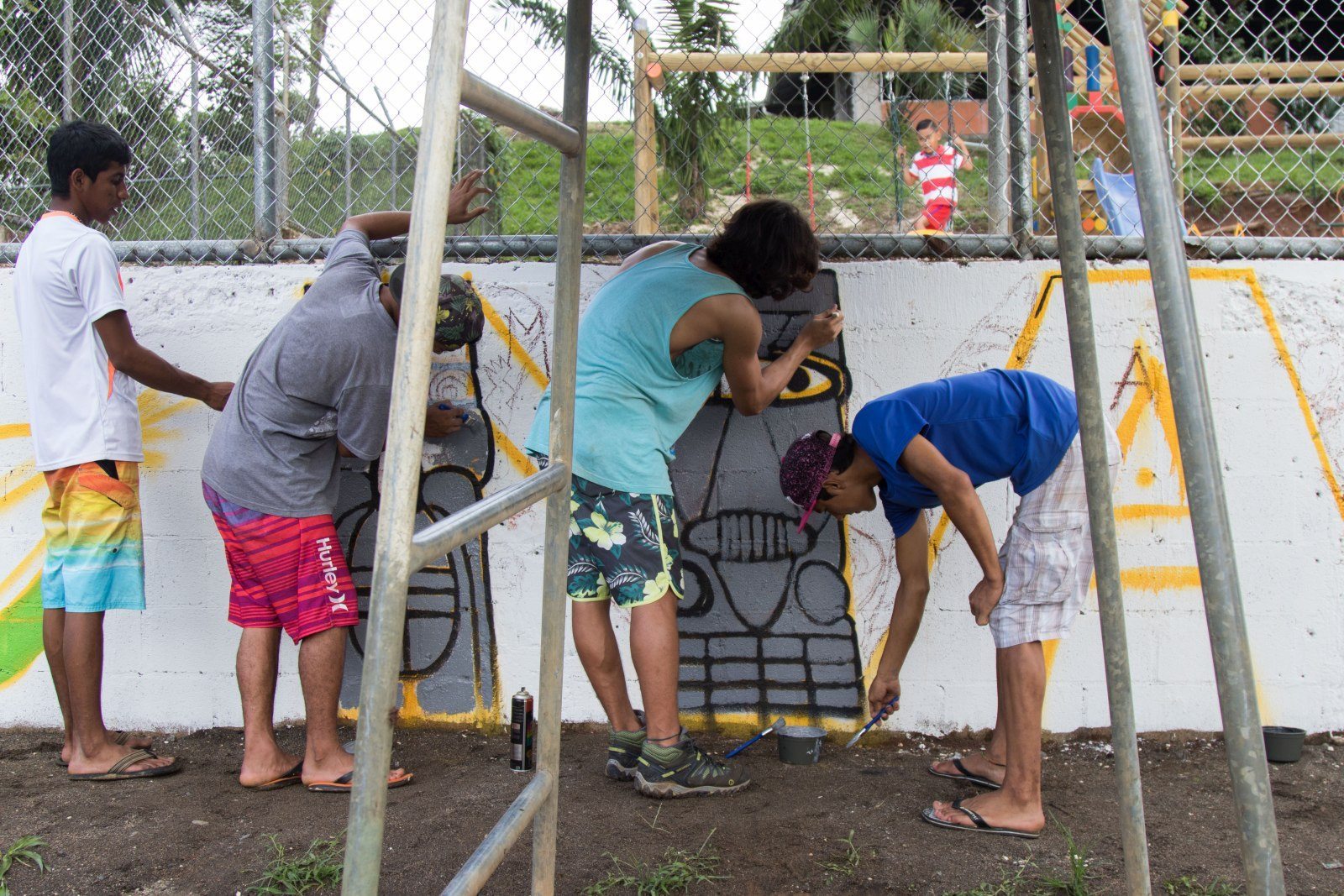
The mural’s completion was delayed by intense rains the first weekend in December.
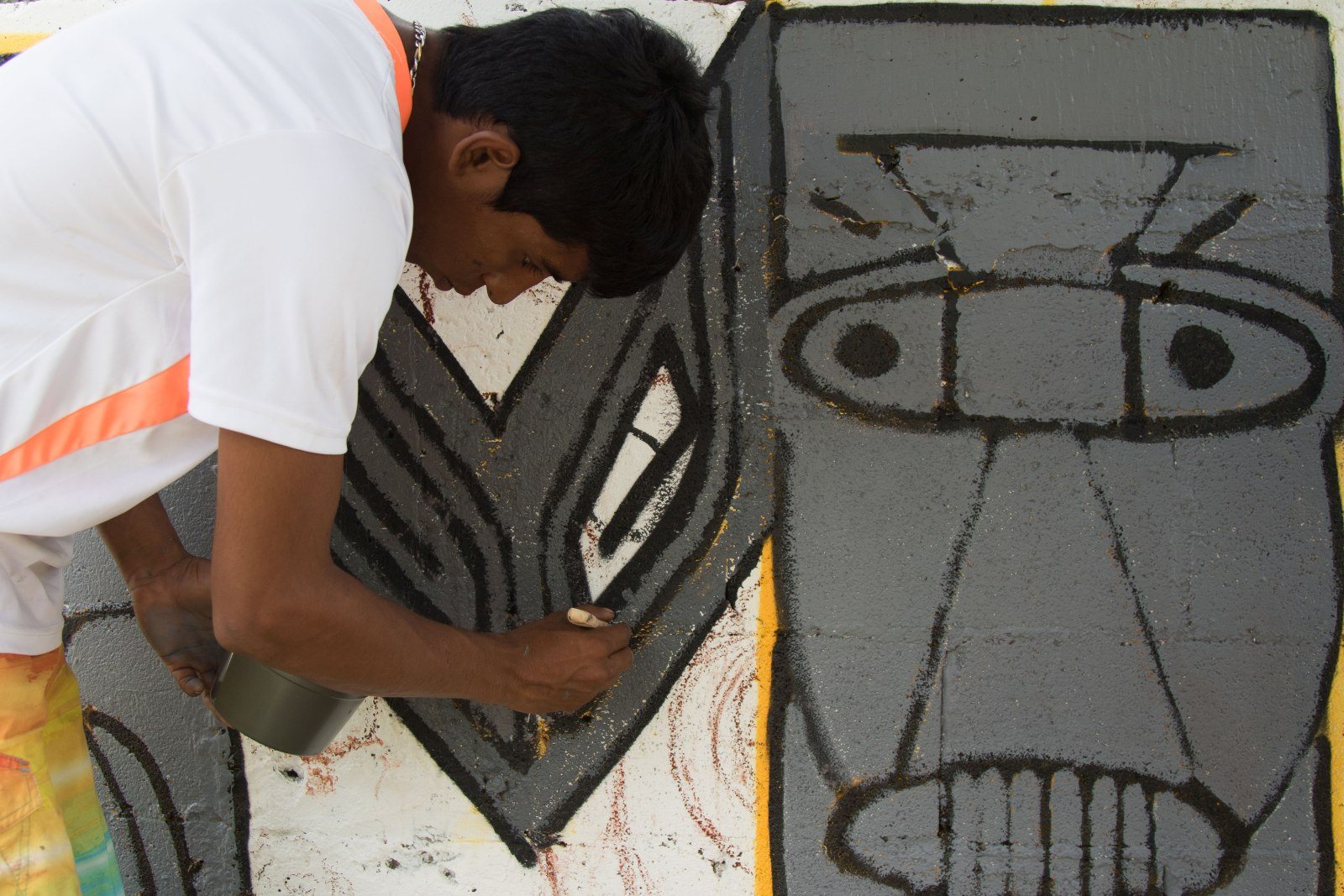
The mural’s design includes Chorotega and contemporary influences proposed by the young artists.
“If you go to Montezuma, you’ll see a pretty, painted town. So, we pitched the idea, we looked for help and got to work,” said group organizer Héctor Aguirre.
The project started the first weekend in December with San José graffiti artist Hein Uno serving as a guide. Before starting, Hein Uno offered the group a workshop on the history of graffiti, art techniques and design planning.
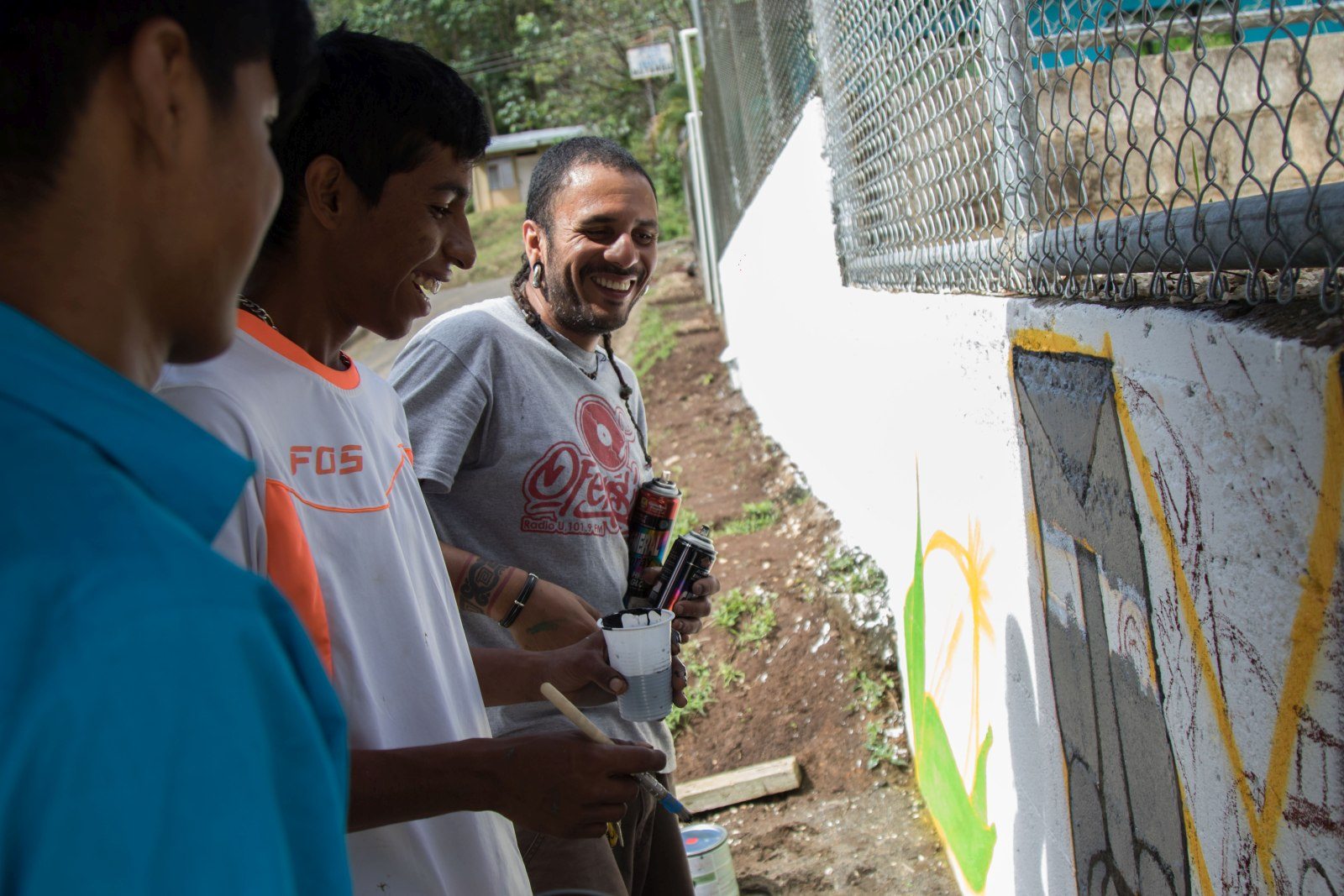
Hein Uno, a San José artist, right, helps guide the young artists in the design and painting of the mural.
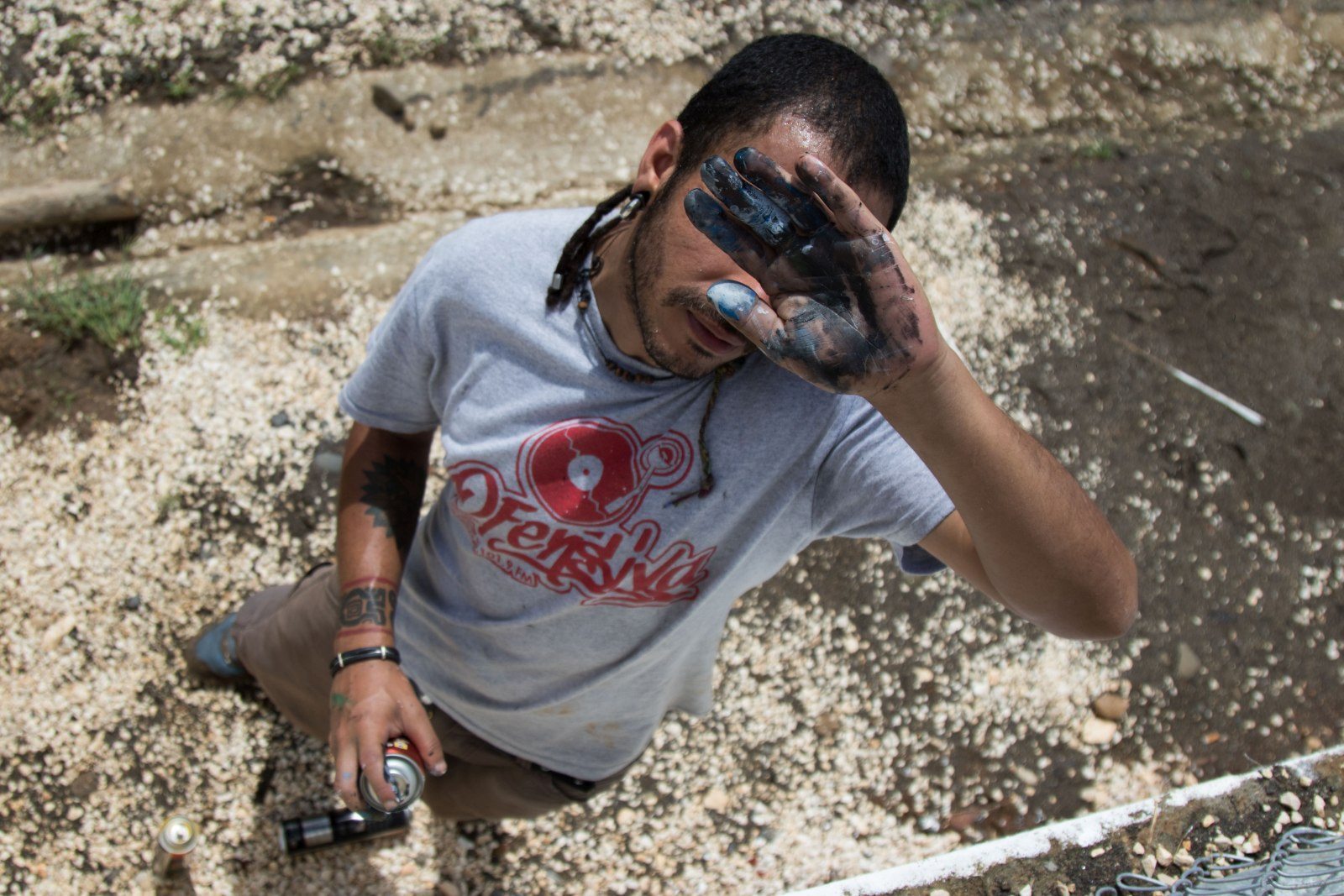
Hein Uno has been a graffiti artist for 15 years. He frequently participates in community projects like the one in Matambú.
“They made the drawings – they’re their own designs. I just make a few adjustments and guide them,” the artist said.
Evidence of Talent
The initiative aims to show off the young talent in Matambú both within and outside of the community, the only indigenous territory in the Guanacaste province.
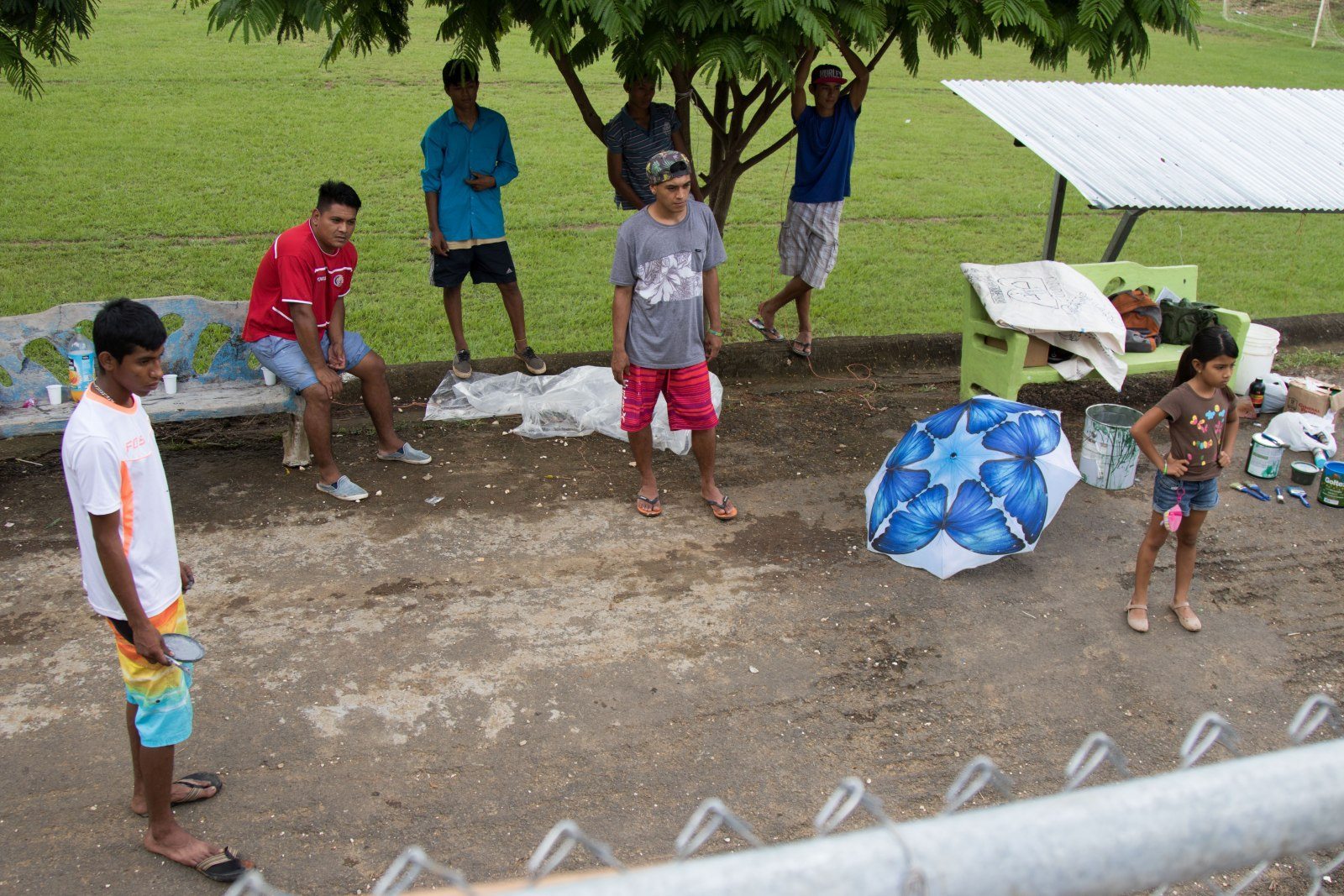
The mural is located in the center of Matambú indigenous territory, in front of the football field.
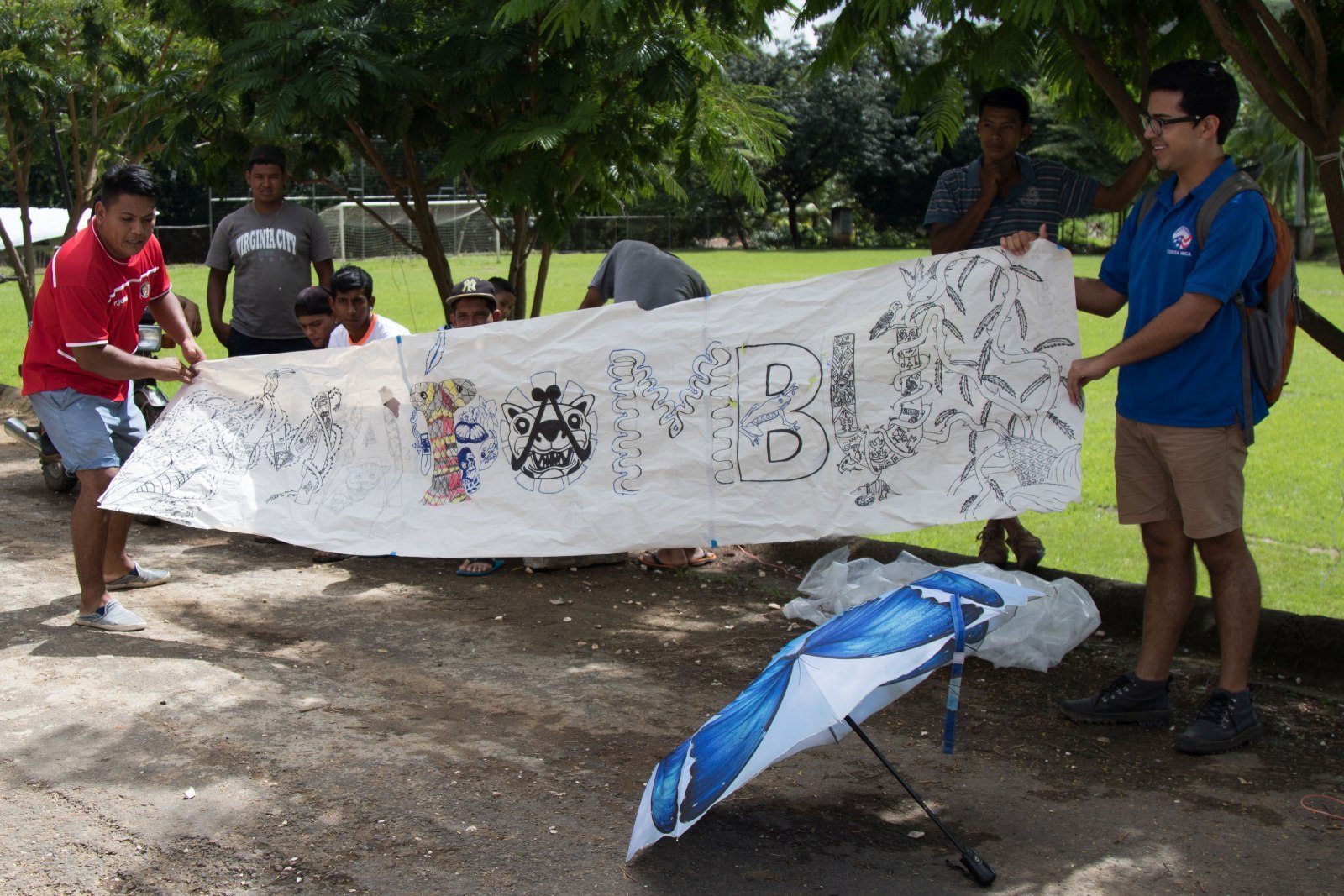
Héctor Aguirre, left, and Joshua Alvarez, a Peace Corps volunteer, show the mural’s preliminary design.
The youth group plans on continuing its public art project. Aguirre said its next project is painting the bleachers at Matambú’s football field, located in front of their first mural.


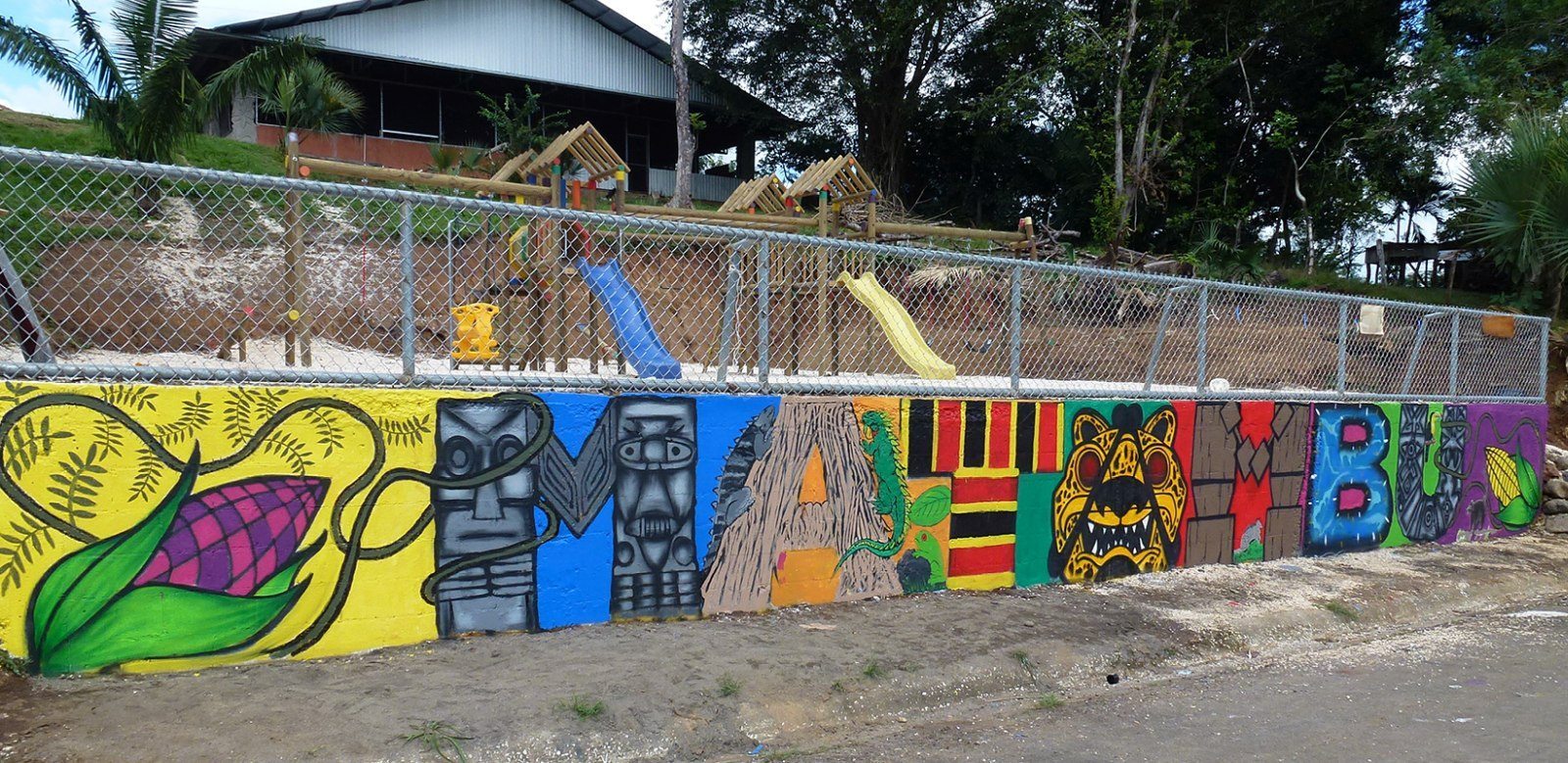
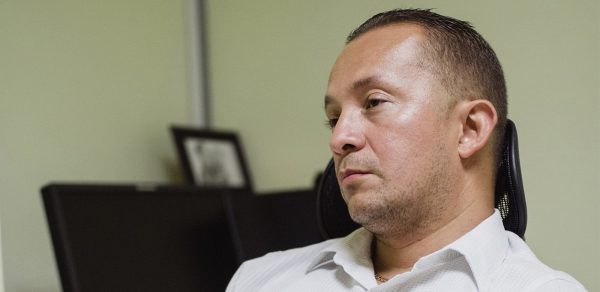
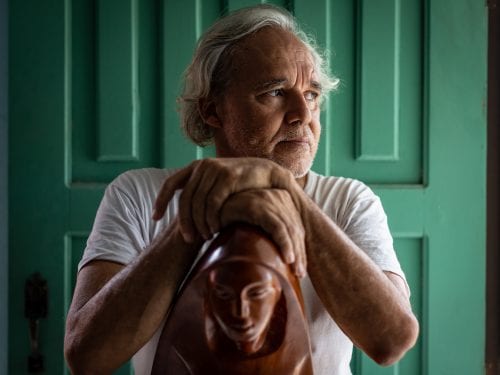
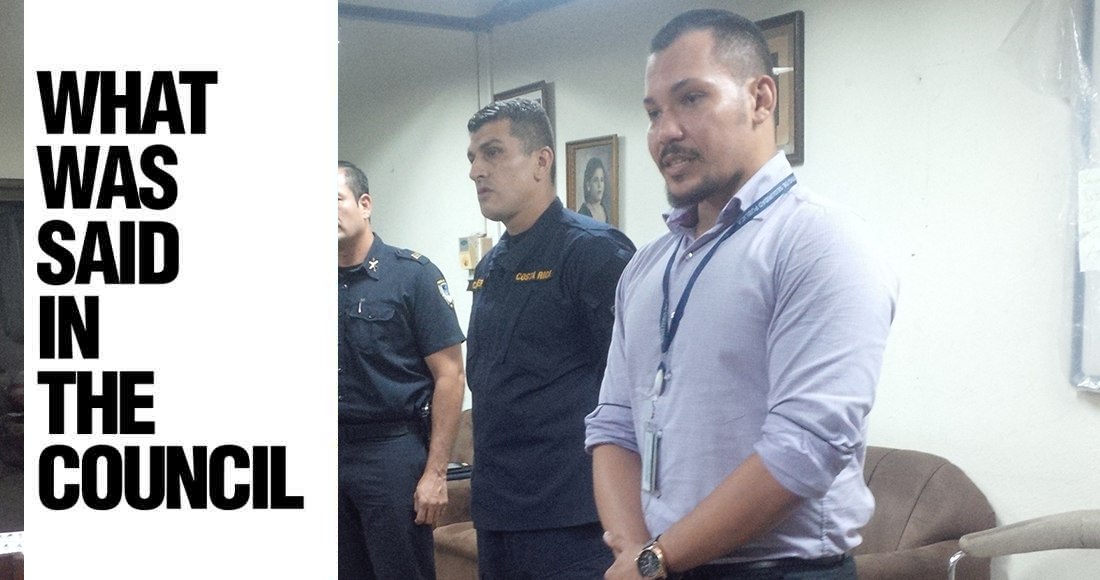

Comments